The Problem
Restoring the water quality of a lake isn't an easy task, but a lack of action can lead to even more harmful outcomes.Here are just a few of the problems associated with poor water quality:
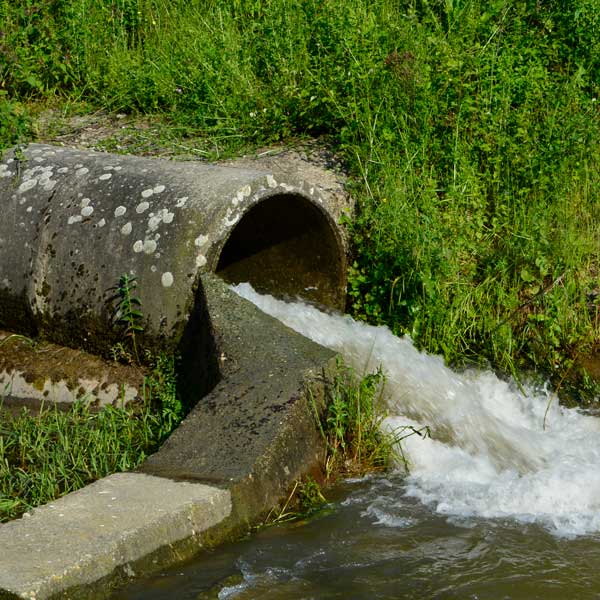
Phosphorus Pollution
Phosphorus is a natural part of an aquatic ecosystem. It helps support the growth of algae and aquatic plants that provide food and habitat for fish and other organisms to thrive in. However, too much phosphorus can cause the water to become polluted over time. This excess of nutrients may even develop into harmful algal blooms (HABs).
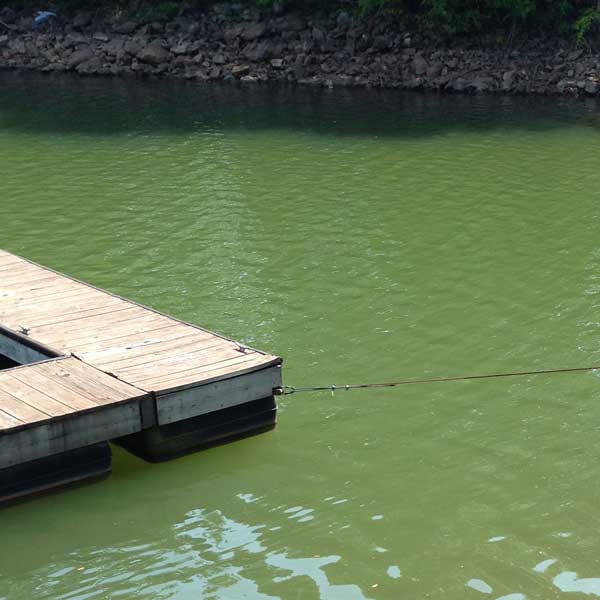
Eutrophication
Eutrophication is caused by excess nutrients (like phosphorus) that accumulate in the water as a result of runoff and other factors. Over time, these nutrients fuel the growth of harmful algal blooms and other undesirable aquatic life, such as invasive weeds. This can also lead to other negative consequences like fish kills, toxin production, oxygen depletion, excess CO2, and more.
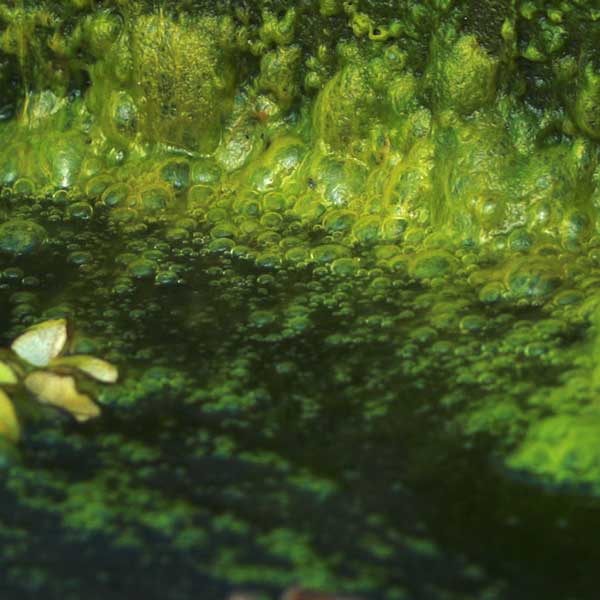
Harmful Algal Blooms
Harmful algal blooms (or HABs) are essentially large growths of algae that can severely reduce or eliminate oxygen in the water. This can lead to fish kills, polluted water, contaminated seafood, and even dangerous toxins. HABs can have a direct negative impact on humans and pets, even if the waterbody has been closed to public access.
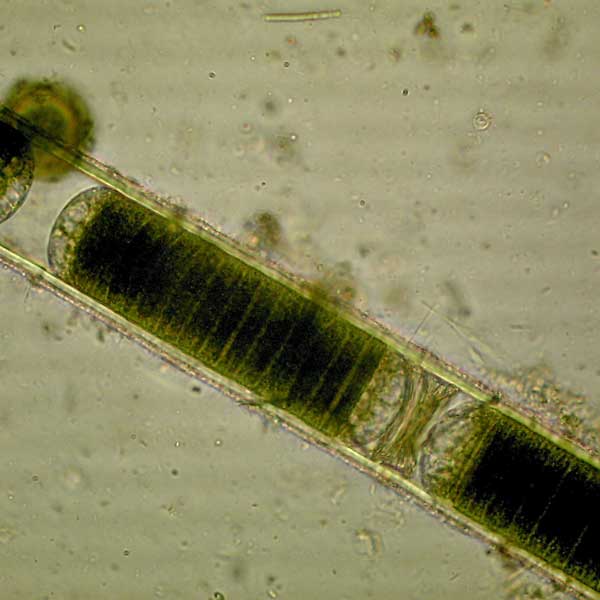
Toxins
The toxins produced by HABs can cause a variety of illnesses in people and animals. People can be exposed to toxins directly through contact, but also by breathing in toxic particles, or even eating food or drinking water that has been contaminated. Toxins from blue-green algae can be lethal to pets, and can cause severe illness in humans.
These problems can have wide-ranging effects:
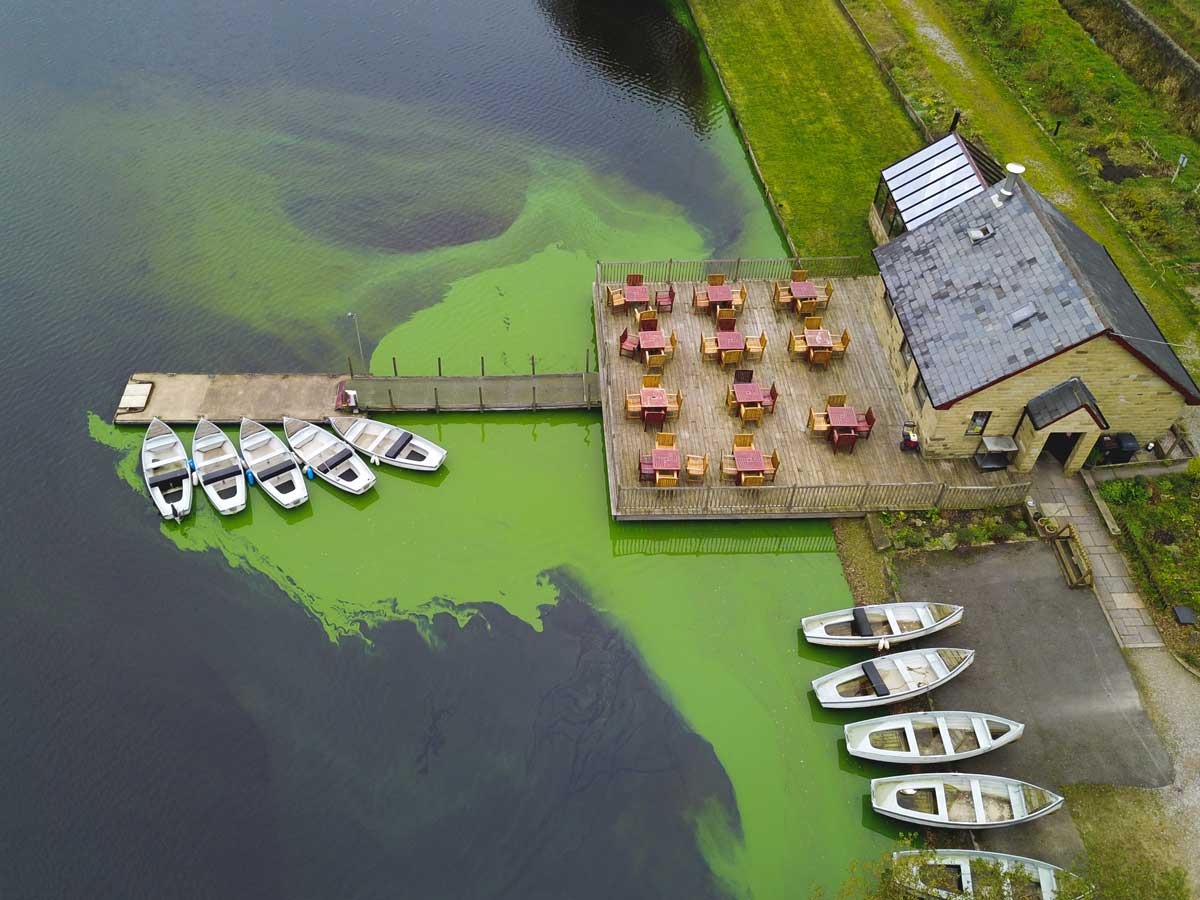
Lakes with toxin-producing algae can face both environmental and economic consequences.
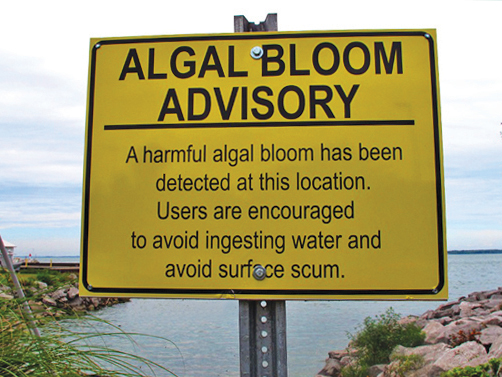
Simply closing a lake or beach due to toxic algae does not guarantee your health & safety.
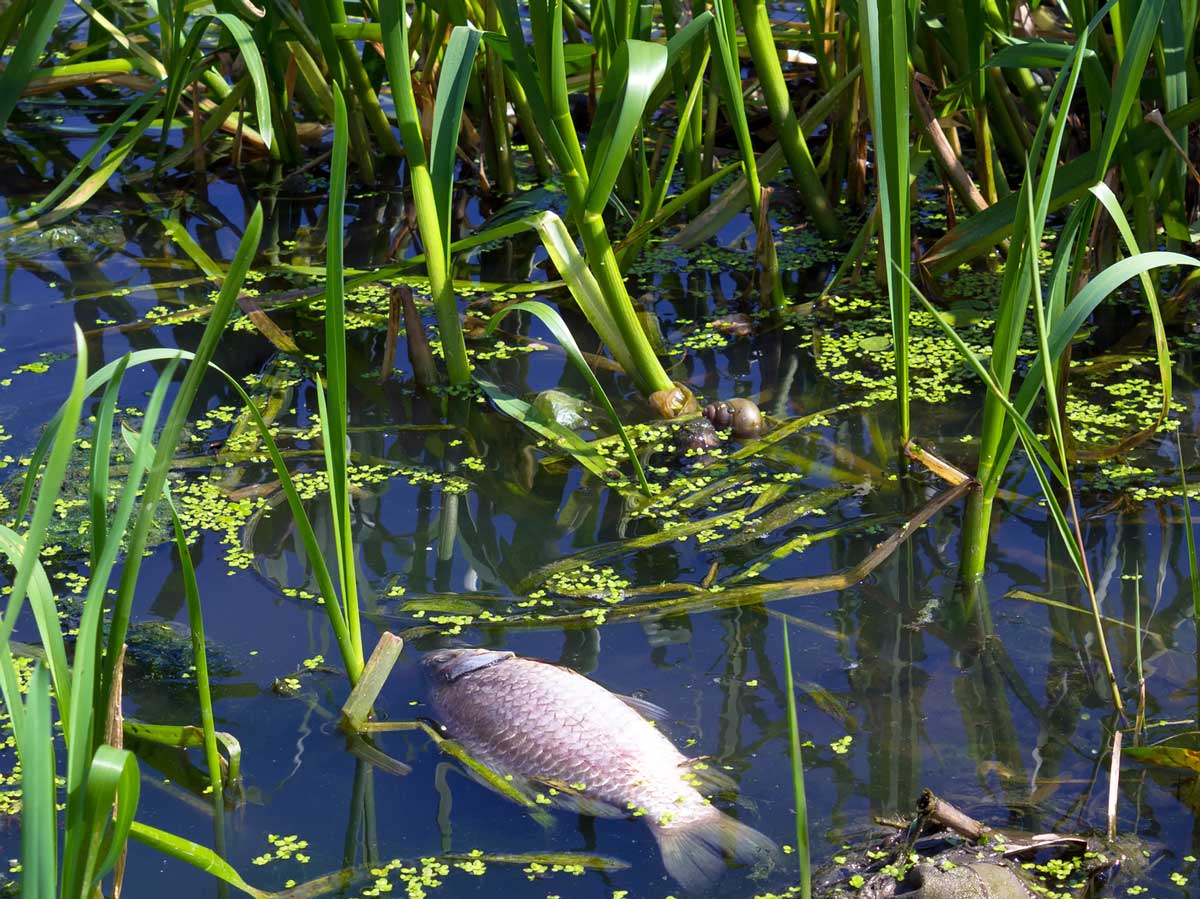
The problem will often continue to worsen without intervention and proper remediation.
Learn more about the impacts of poor water quality.
Video: The Problem
Did you know that over 48,000 U.S. lakes are impaired with phosphorus pollution? This is a serious and growing problem for our country. A single pound of phosphorus can support 500 pounds of algae growth.
In this video we explore the severity of this problem, as well as the detrimental impacts it can have on you and your community.
Restore your water with a proven process.
Let’s work together to get the results you’re looking for.